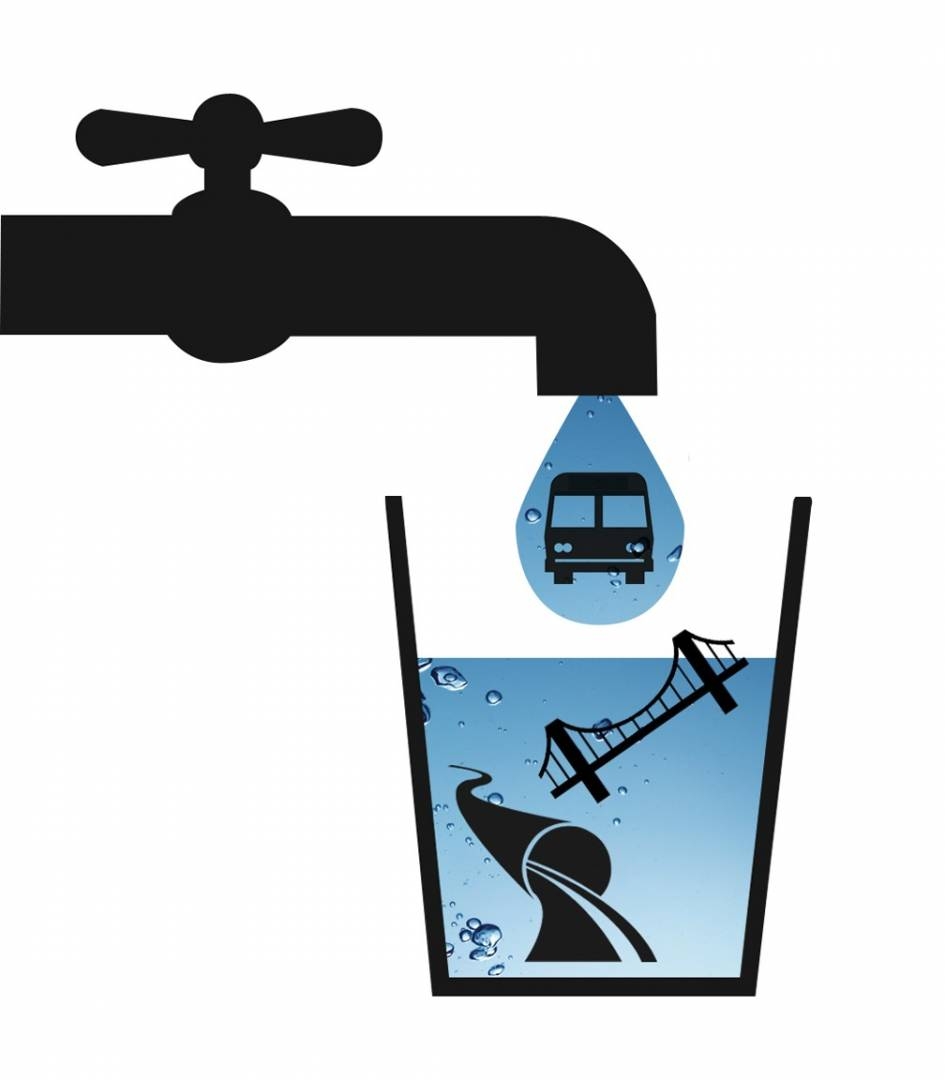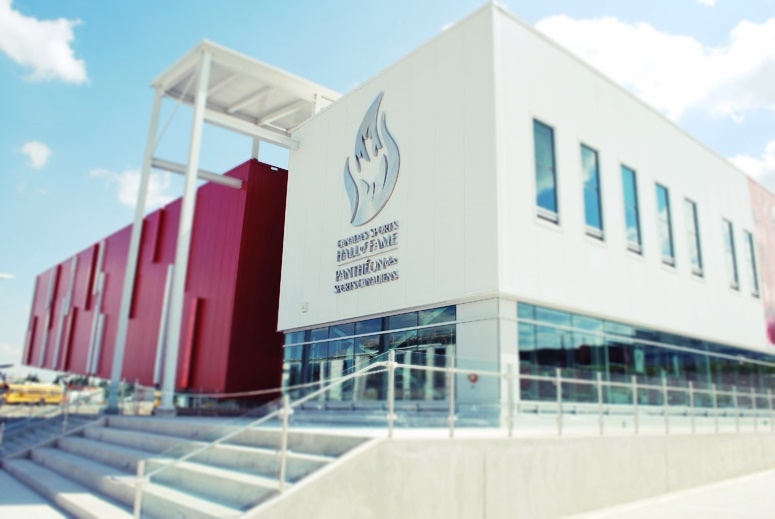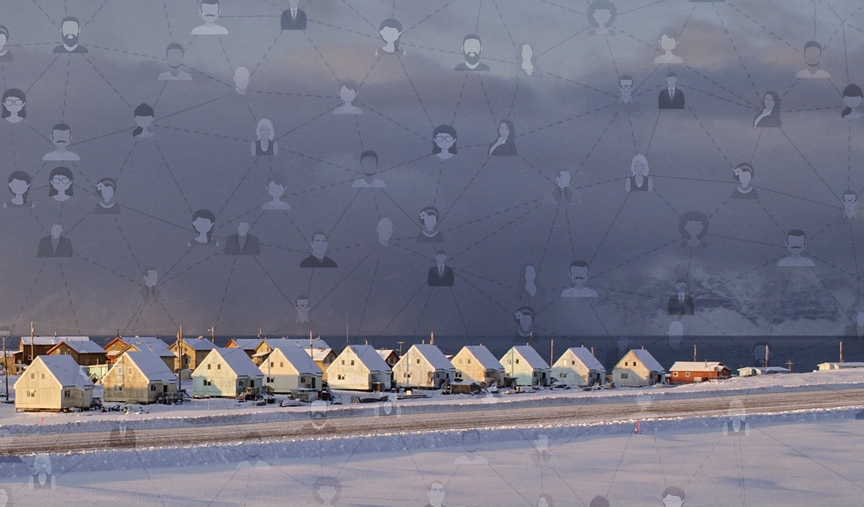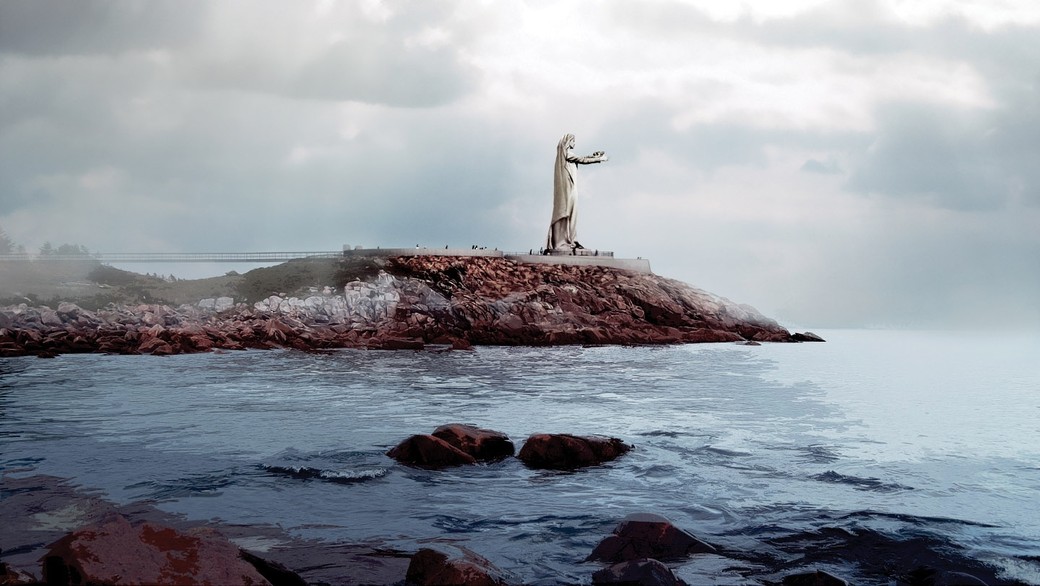
Why We Need Infrastructure Spending Now
In April of this year the Honourable Amarjeet Sohi, Minister of Infrastructure and Communities, announced new investments in infrastructure totalling over $120-billion over the next ten years, including $60-billion in new money slated for public transit, green and social infrastructure. This is following up on a Liberal promise to dedicate more funds for critical infrastructure, including expanding the deficit. Regardless of how one feels about either deficit spending, or about the previous or current government, there is no doubt that a major injection of cash into infrastructure across Canada is needed, and in some cases has been needed for a long time.
The federal government’s 2016 budget allocates some of this money, in the form of $10 billion in what Sohi said Canadians need most, “modern and reliable public transit, water and wastewater systems, affordable housing, post-secondary infrastructure, and more.” Indeed, the kinds of things Canadians expect their tax money to go towards.
He also stated that these funds are in addition to previously-planned investments under the Building Canada Plan and the Gas Tax Fund. It is planned that the focus of Phase 1 will be recapitalization and repair of existing assets, and that this will then, “lay the foundation for the long-term investments of Phase 2.”
Municipalities, cities and even provinces have been dealing with an infrastructure deficit for decades. Years of downloading infrastructure issues to lower levels of government put a terrible strain on governments at the municipal level, and lack of communication between federal, provincial and territorial governments caused crises in areas like health care, education and major projects, sometimes complicated by mismanagement of projects or funds somewhere along the way.
As for the effect on First Nations’ communities, many were already in an infrastructure deficit to start with. Stories of boil water advisories lasting for 10 or 20 years, schools contaminated by sewage and mould, complete isolation in communities (which could have had roads and therefore freedom had there been the political will), and a shocking failure to build high schools in northern areas so that naïve young teens don’t have to move to faraway cities without support for them—those stories have only gotten worse.
Lack of spending on infrastructure, while it may seem like a great way to cut costs in the short-term, always ends up costing more in the long-term. It’s the same concept as preventive maintenance. An ounce of prevention really is worth more than a pound of cure, but if elected, officials are only interested in results over a four-year term. Maintenance is put off for too long.
And then there’s the need for bridges and roads. Never was the lack of roads and bridges (in some parts of the country) more obvious than last February’s Nipigon River Bridge failure. The Bridge was new, just built in fact, but the sudden lifting of the part of the Bridge in -40 C weather caused the closure of the TransCanada Highway at a crucial juncture. People trying to transport themselves or their goods along either Highway 17 or Highway 11, were stuck. Really stuck, as in, forced to drive into another country and around the south side of the world’s largest freshwater lake, or park at a truck stop. Why? Because there is only one road and one bridge that connects the entire country in that area. There is no alternative bridge and there is no alternative road, not even a gravel service road, which is obviously shortsighted (sure, nothing will ever go wrong), and that condition stretches across most of the northern provinces. Think of people evacuating Fort McMurray, along a single road.
Two of the first new infrastructure projects announced are the new Champlain Bridge across the St. Lawrence River in Montreal, and, the Gordie Howe International Bridge between Windsor and Detroit, both of which have long been needed.
A lot of the country’s infrastructure, whether private or public, is also over 50-years-old. Dams, pipelines, buildings, sewer systems, municipal water supplies, and things like community centres, arenas, and swimming pools, are often in need of complete replacement, not just another patch-up.
Public transit is an area being classed under “infrastructure”, and, another area which has not only been underfunded in the past, but also often mismanaged, is the “real” transit patterns of actual persons. There are fewer bus and train choices available now in all but the largest Canadian cities, and, private transit has also diminished or is under some kind of attack. Reasonably-priced transit choices not only support a greener economy, but, also make our society more equitable and less dangerous for the vulnerable. Up to $3.4 billion is budgeted over the next three years for a new Public Transit Infrastructure Fund, allocated on the basis of ridership numbers, with the federal government contributing up to 50 percent of all costs. One of the transit systems which will benefit is the Toronto subway.
“Canadians have asked us to reduce congestion and commute times in their cities,” Prime Minister Justin Trudeau said in B.C. recently. “This investment in public transit will help the people of British Columbia get home to their loved ones faster. It will also help to grow the middle class by improving business flows in municipalities, while reducing environmental damage.”
On August 23rd, he made a similar statement regarding Ontario. The Prime Minister’s website reads, “Today, the Prime Minister, Justin Trudeau, and, the Premier of Ontario, Kathleen Wynne, announced a bilateral agreement that will provide more than $2.97 billion in combined funding – by the Government of Canada, Ontario, and municipalities – for projects across the province.” Barrie, Sudbury, Toronto, Ottawa and Waterloo will benefit from the funding.
Of course, all of these projects are expensive, and, critics in the opposition and among the public have expressed a lot of concern over deficit spending, especially in a globally-unstable fiscal time. A $29 billion deficit is predicted for this year alone, and it is expected to only grow by $113 billion by 2020-21, according to the budget.
However, Finance Minister Bill Morneau defends the practice. “We intend to bring real change to Canada’s economy,” he said in a media release, late last year, “through a strategy that combines fiscal discipline with investments in economic growth.” He also noted that these will help create jobs.
Spending is projected in the areas of public transit, wastewater infrastructure, drinking water, solid waste management, community energy systems, local roads and bridges, highways, local and regional airports, short-line rail, short-sea shipping, disaster mitigation, broadband and connectivity, and brownfield redevelopment. There is also a segment of spending seen as “cultural infrastructure”, which includes: culture, tourism, sport and recreation.













